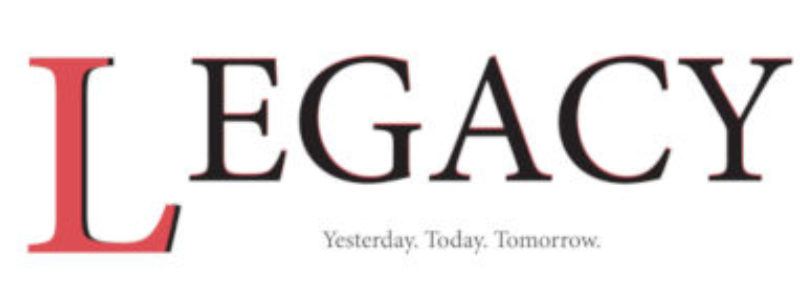By HOLLYANN PURVIS
(CNS) – The majority of Virginians are not up-to-date with the latest COVID-19 vaccine due to vaccine fatigue, something that has medical experts concerned with a looming triple threat of respiratory viruses.
Less than 20% of Virginians are up to date with their COVID-19 vaccinations, according to the Virginia Department of Health. This number is a large decrease from the 74% of individuals vaccinated with the primary series of shots. The vaccine is updated, like the flu shot, to handle new variants.
Vaccine fatigue occurs when the public loses interest in vaccines in general, according to Gonzalo Bearman, chief of infectious diseases at Virginia Commonwealth University.
“I’m seeing that in the clinic, with fewer people interested in discussing vaccines at times, and whether it’s COVID vaccines, flu vaccines, or even RSV vaccines,” Bearman said.
People whose vaccines have lapsed are more susceptible to current strains that are circulating, according to Bearman.
“This is a particularly alarming trend because we have increasing COVID-19 activity in the community right now,” Bearman said.
Vaccine fatigue can be attributed to many factors, including a mistrust of science and misinformation on the internet, according to Bearman.
“Maybe there’s less fear of contagion or adverse consequences for COVID-19,” Bearman said. There’s been messaging and re-messaging, which can lead to some fatigue.”
The vaccine has also entered its commercialization phase, meaning it is no longer 100% controlled by the U.S. government, according to Christy Gray, director of the VDH Division of Immunization.
The COVID-19 vaccine has entered into the “traditional health care marketplace,” according to the U.S. Department of Health and Human Services. There are now more ways to distribute, acquire and pay for the vaccine, including private and public pay.
“You have a lot more moving pieces when the U.S. government isn’t controlling the entire process,” Gray said. “Now you have a lot more different points of failure that can happen.”
The Centers for Disease Control and Prevention established the Bridge Access Program to provide COVID-19 vaccinations to uninsured or underinsured adults at no cost, according to their website. The CDC estimated this number to be 25 to 30 million adults.
Other factors that could help drive the decreased vaccination rate are the increased availability of COVID-19 testing and treatments, along with an increase in the number of people who have had the virus, according to Gray.
Over 90% of adults received at least one monovalent COVID-19 vaccine in the first year after its rollout, according to Gray. However, that was followed by a decreased number of people who got the bivalent vaccine in 2022.
Groups who are most vulnerable to severe illnesses of COVID are still getting their vaccines, Gray said.
“Fatigue makes sense because society wants to go back to normal everyday life before the pandemic,” Gray said. “And we can — this is just another vaccine that we want to consider in our going into respiratory season.”
Respiratory viruses spread more in the fall and winter due to colder weather, more time spent indoors and increased socialization, Gray said.
Decreased vaccination rates can also be attributed to a lack of accessibility, according to Bel Kelly-Russo, a program associate at ImmunizeVA, a project of the Institute for Public Health and Innovation.
It boils down to access: securing an appointment and affording the shot, Kelly-Russo said.
“I would say that there’s fatigue, kind of, on the system itself,” Kelly-Russo said, including confusion around vaccine billing and distribution.
For example, pediatric offices face high costs to store vaccines for those under the age of 5 years old, which have lower COVID-19 vaccination rates, according to Kelly-Russo.
“If the vaccines are not used, they go to waste, and then that creates the impression that there isn’t a demand for those vaccines,” Kelly-Russo said. “When in reality, there is a demand, but it’s just hard for parents to locate the vaccines because not everyone’s stocking it.”
There is also just personal hesitancy at play, according to Kelly-Russo. She tries to understand the root cause and concerns.
“I try to come from a place of understanding,” Kelly-Russo said. “A lot of times those fears feel very real to people, and so just validating the way that people are feeling in the moment.”



